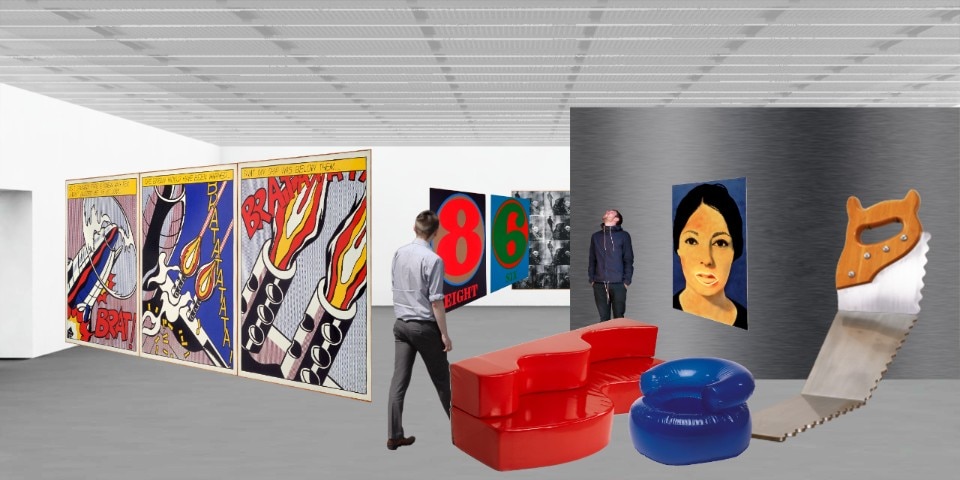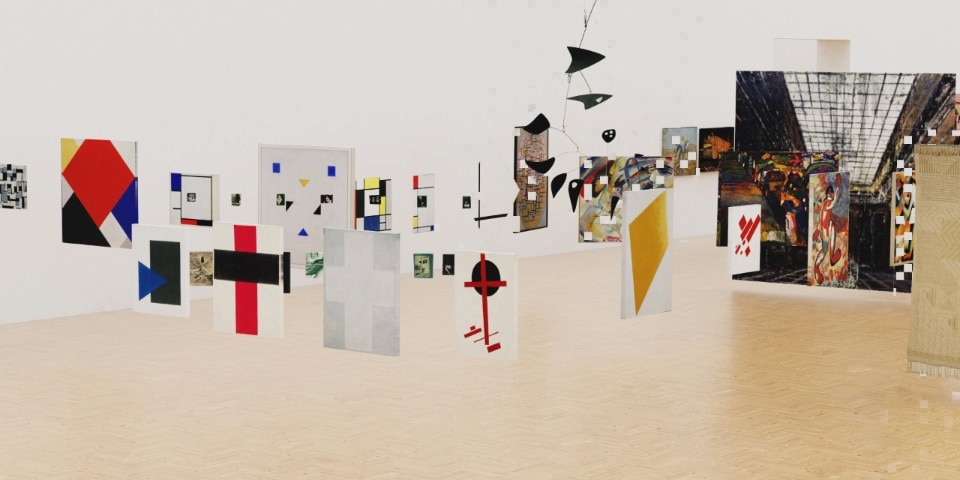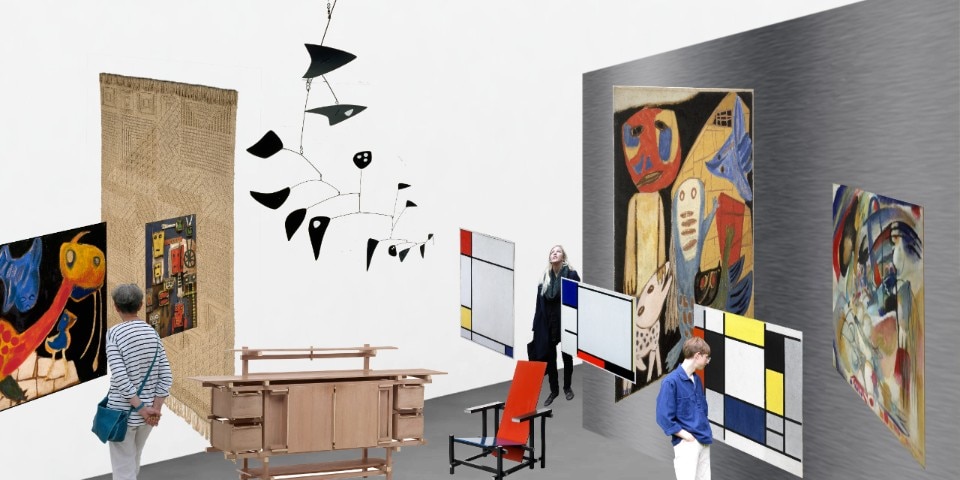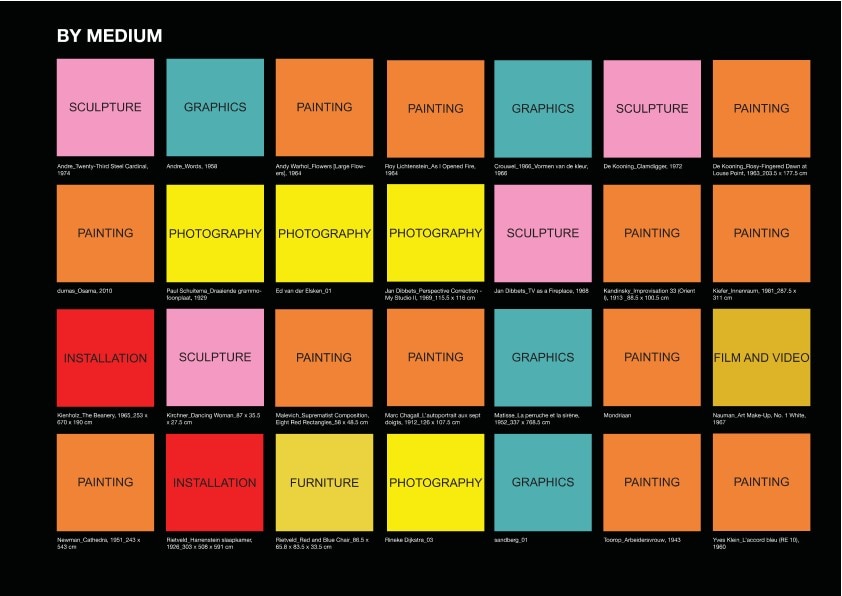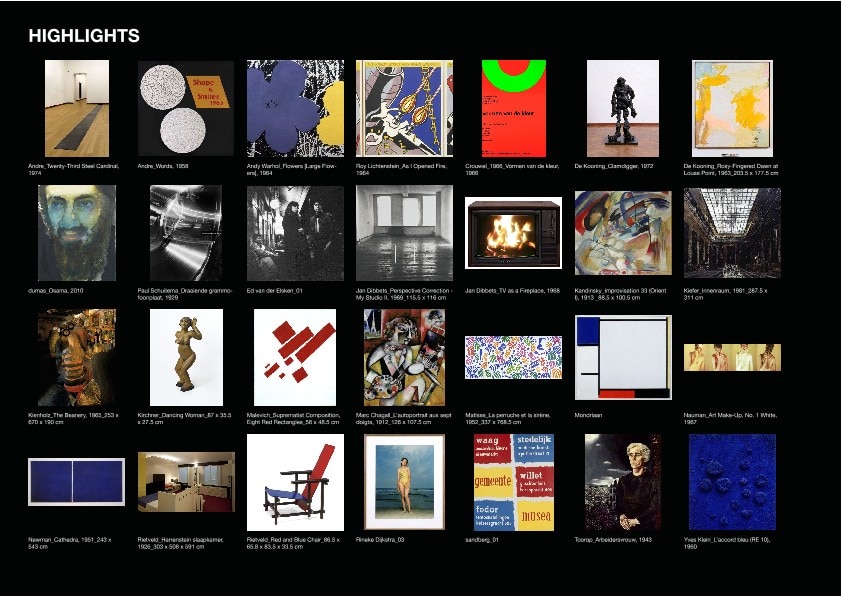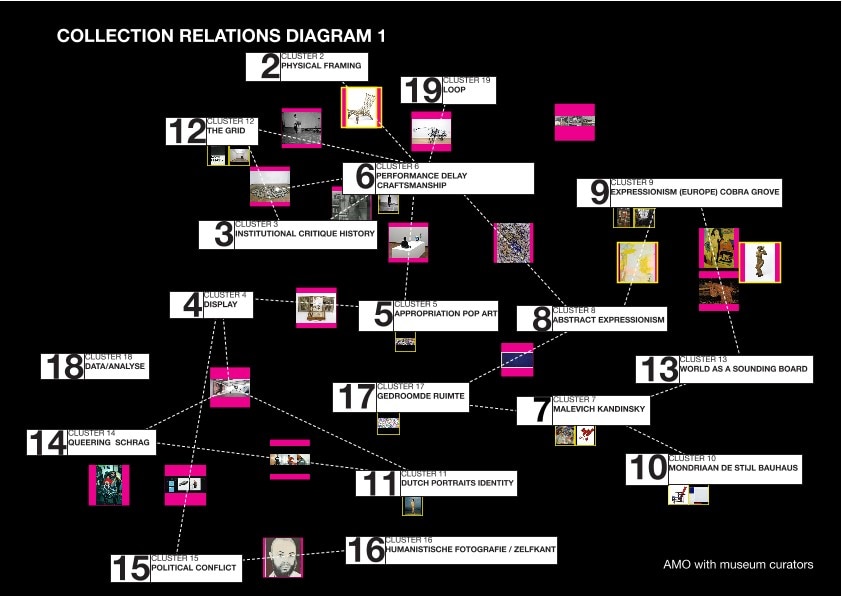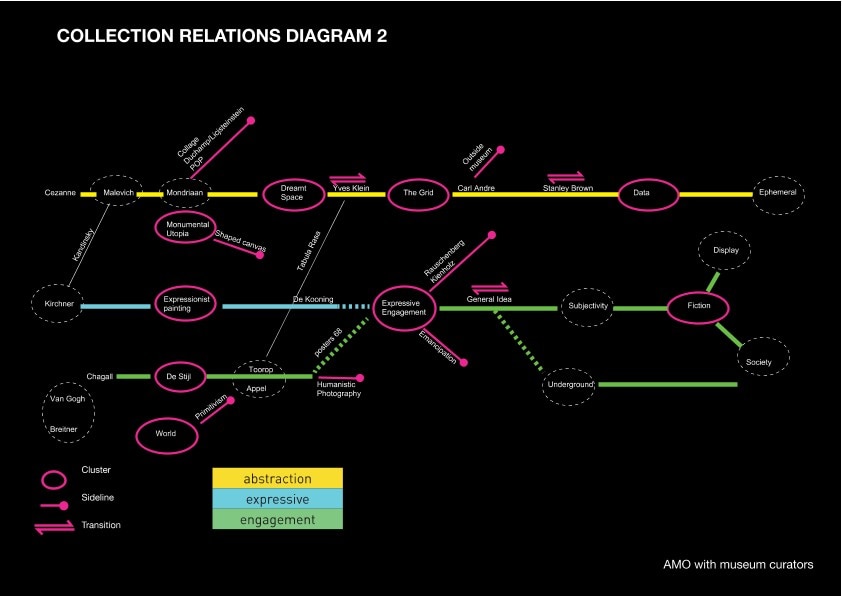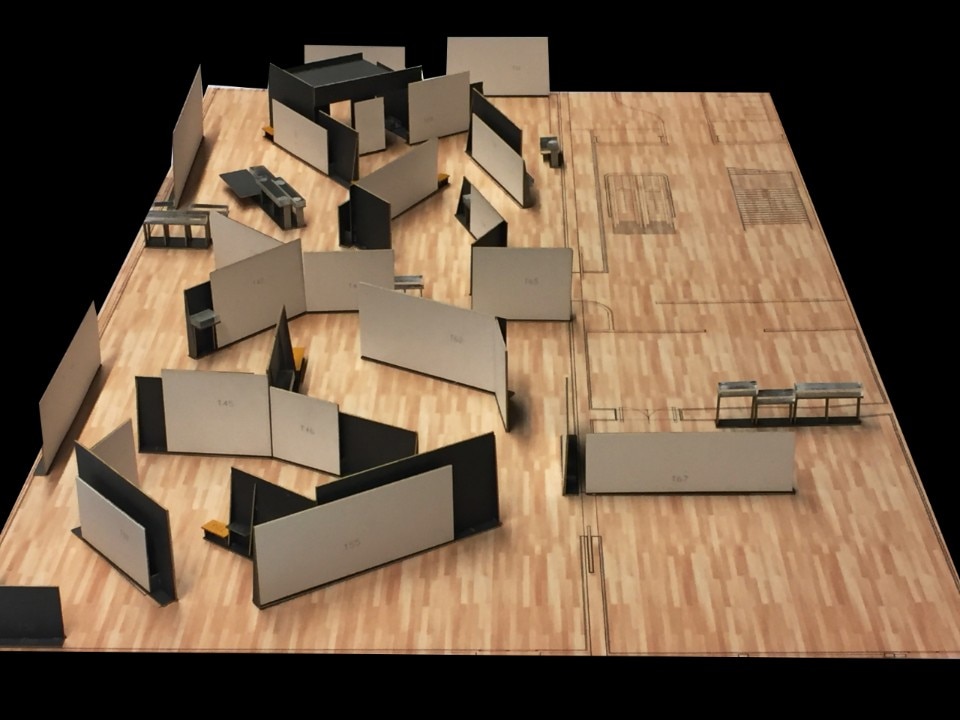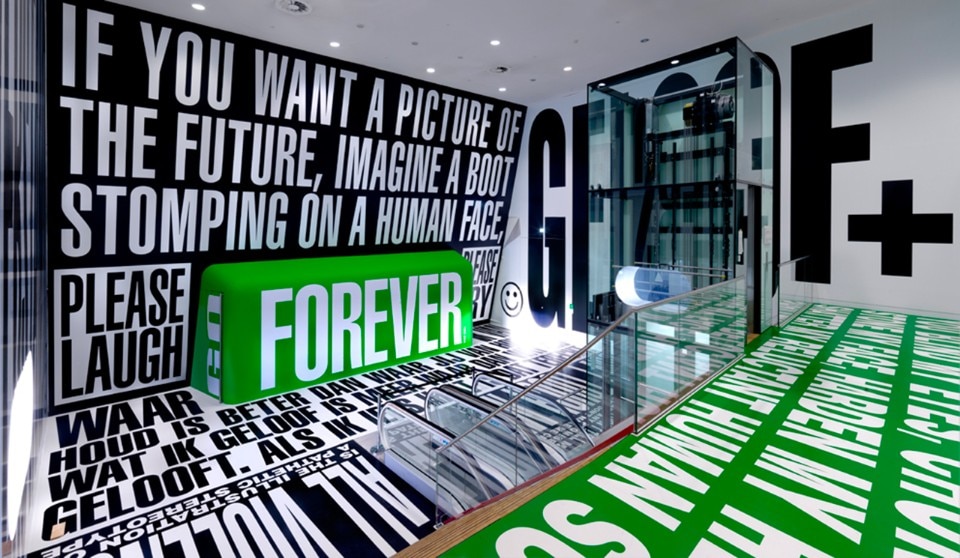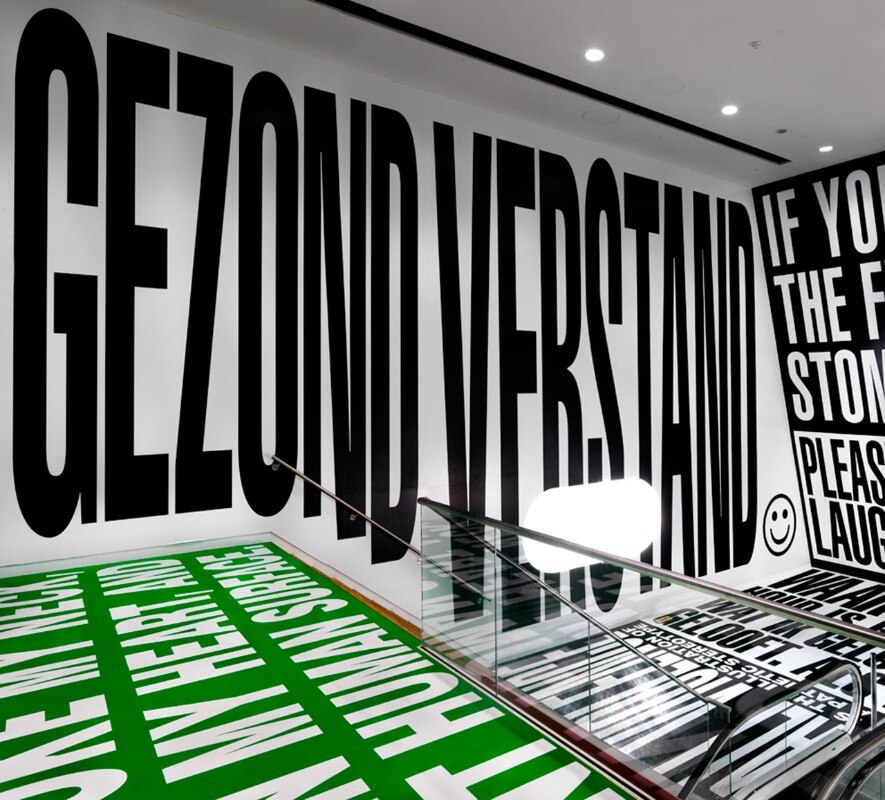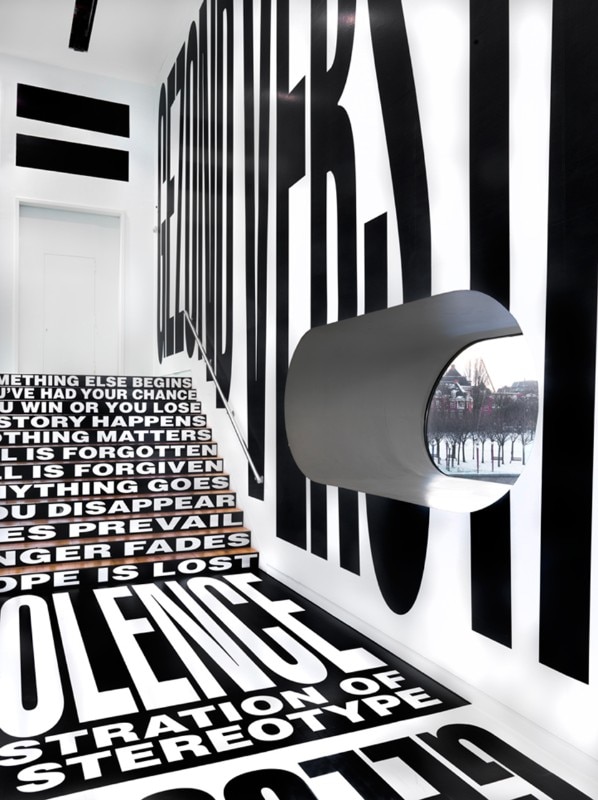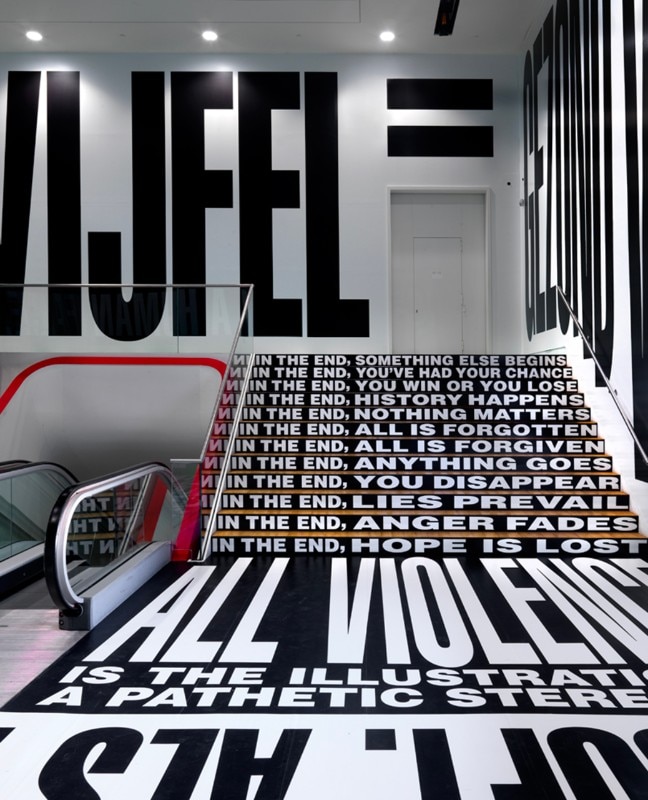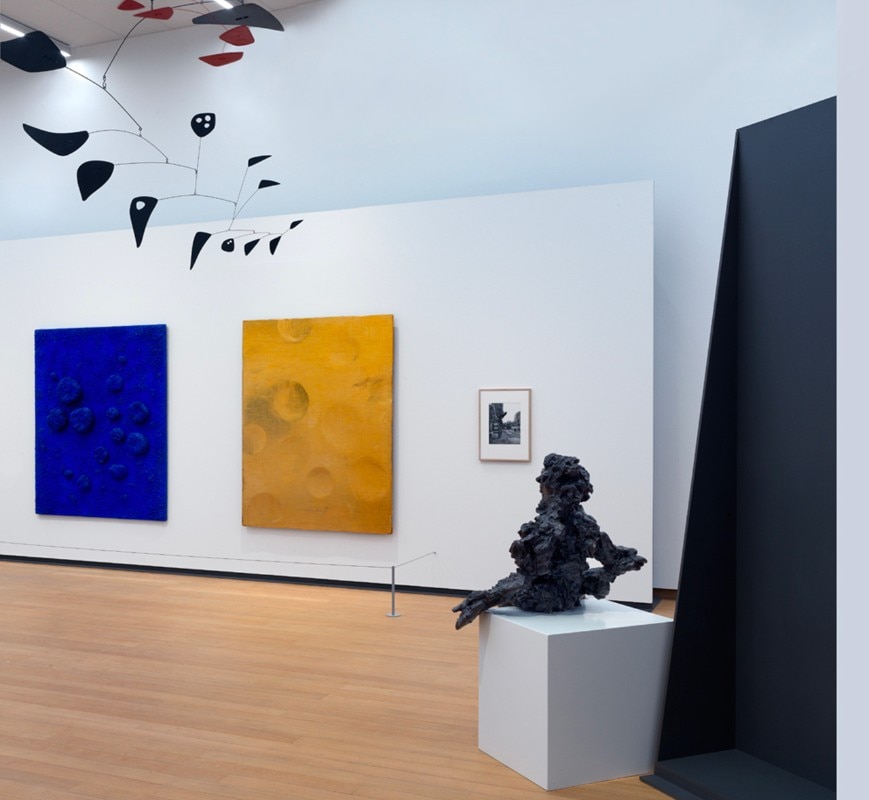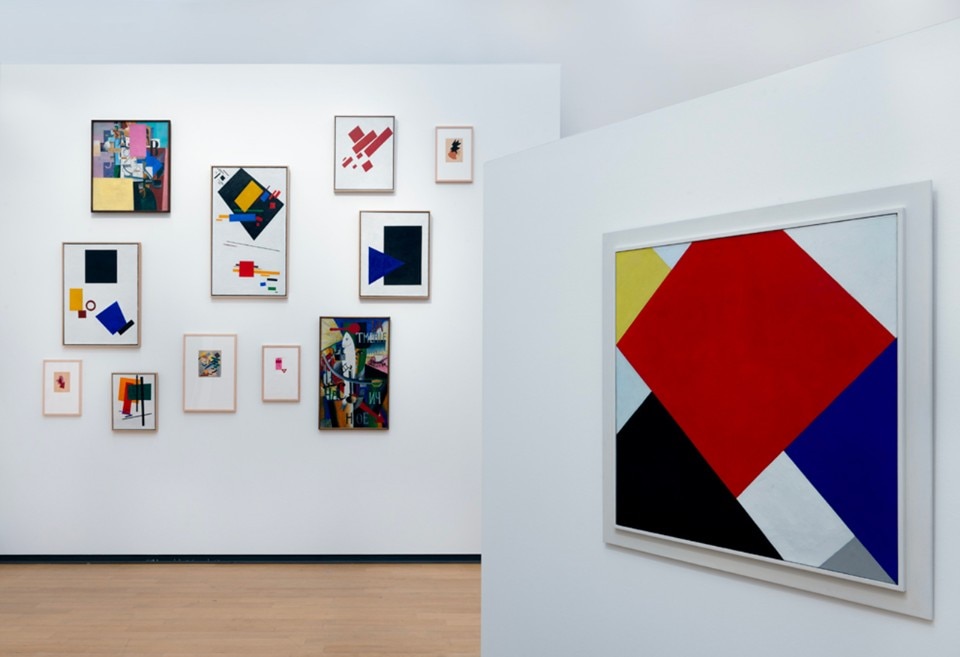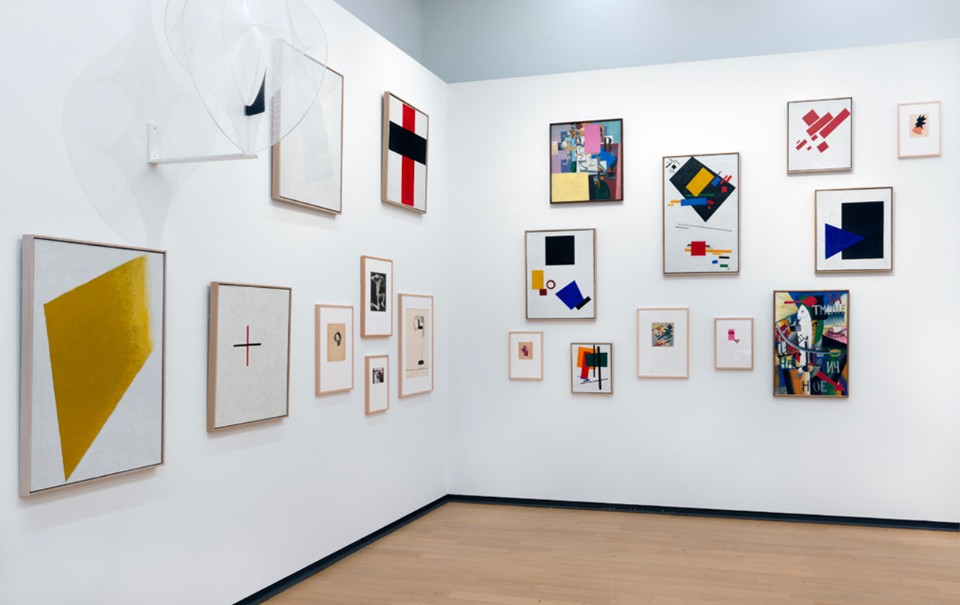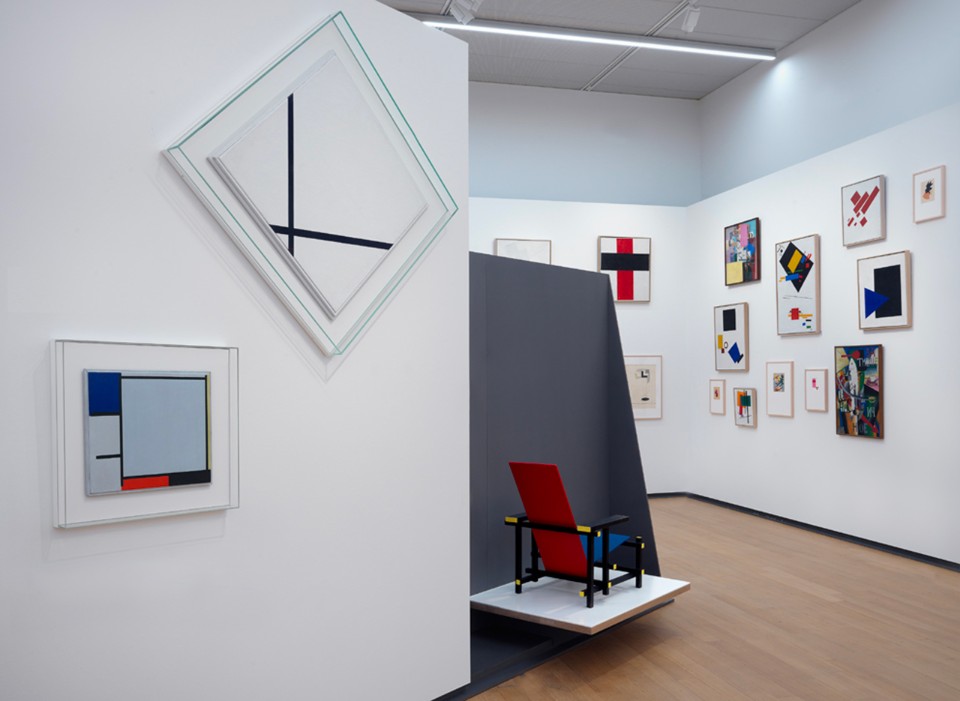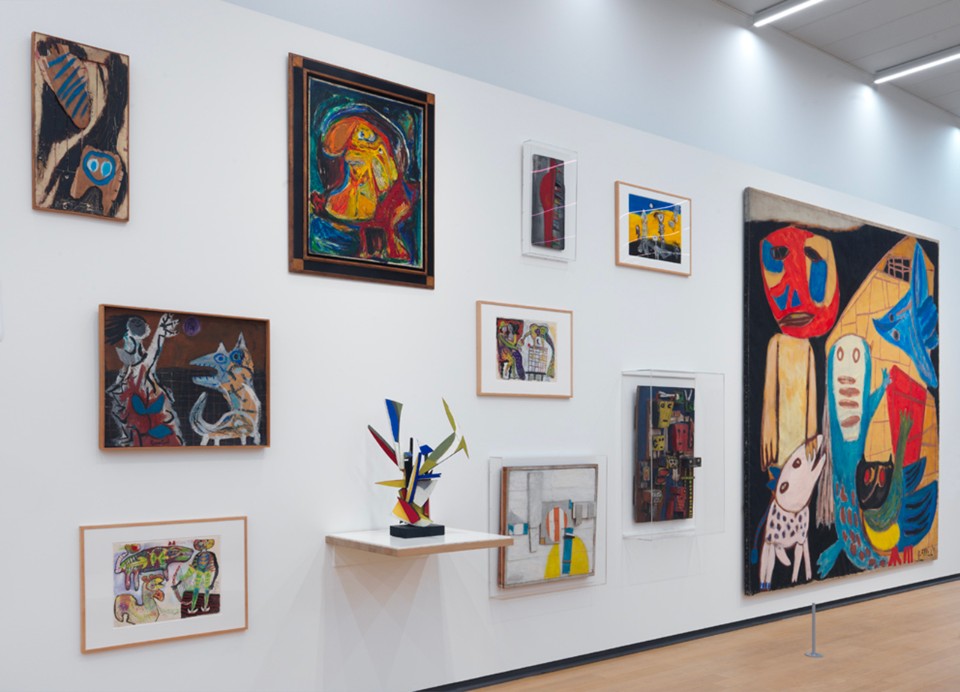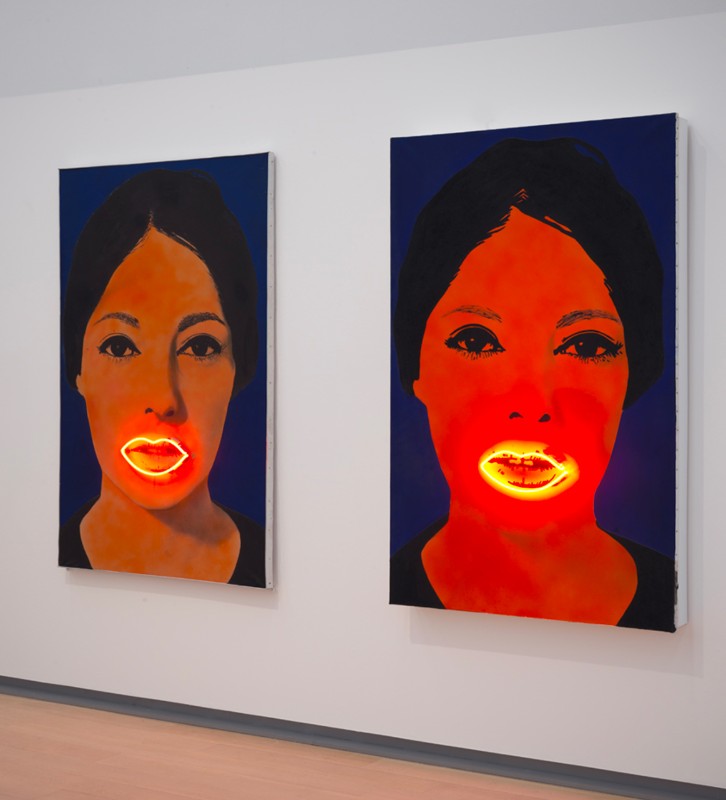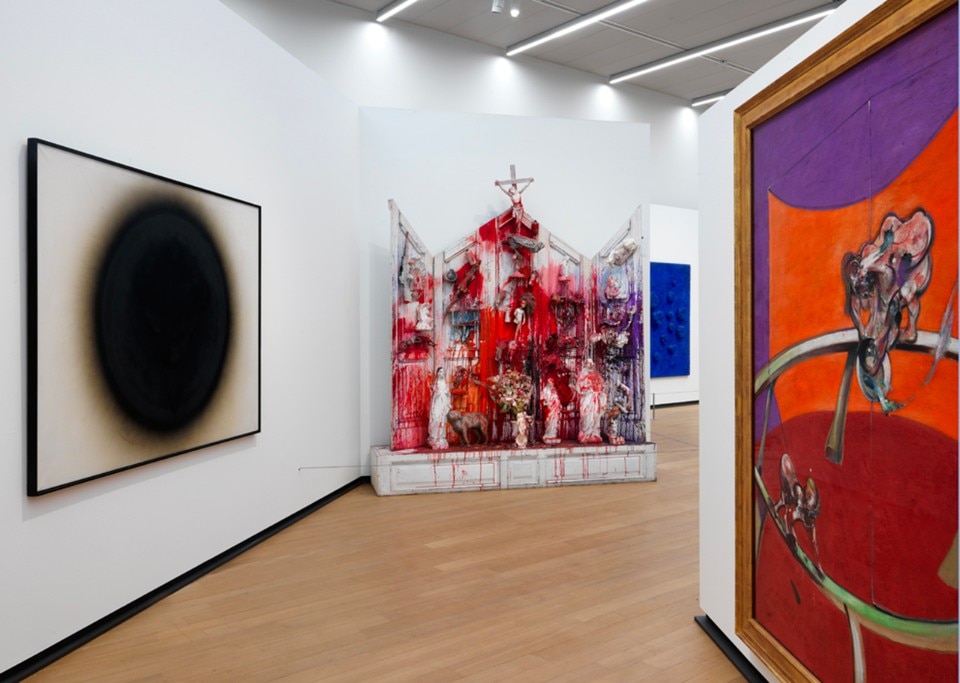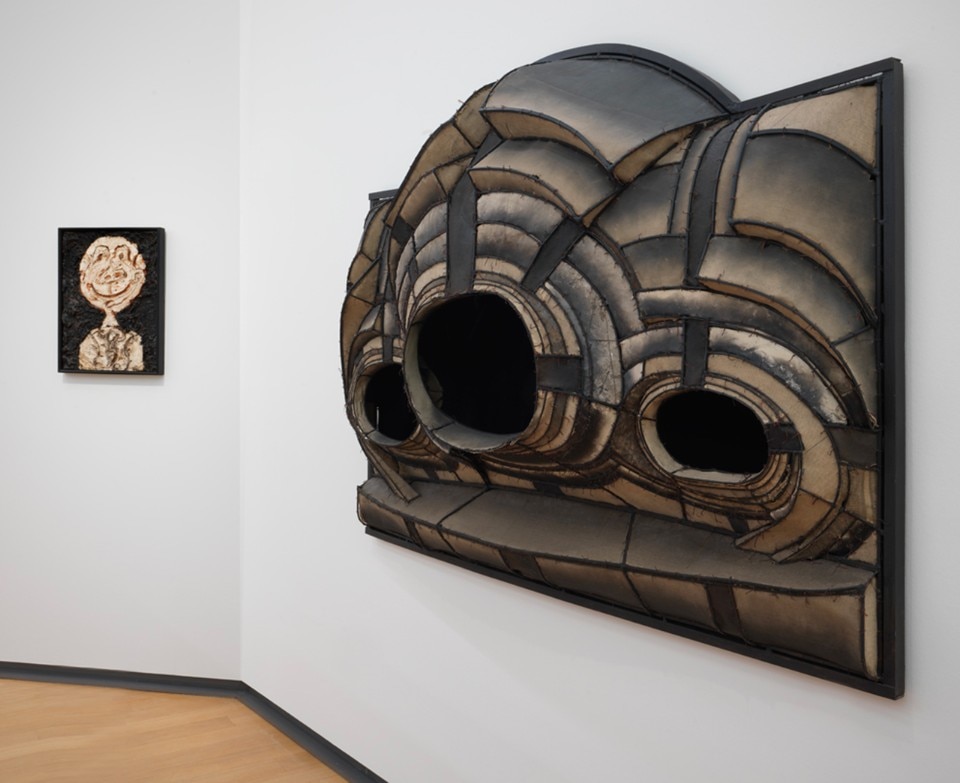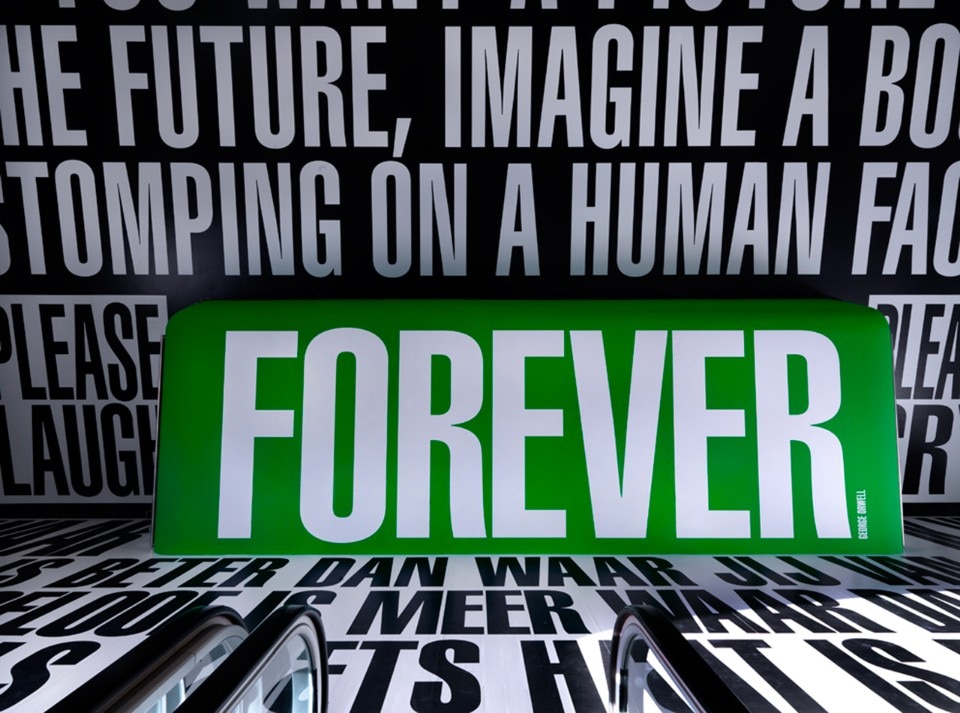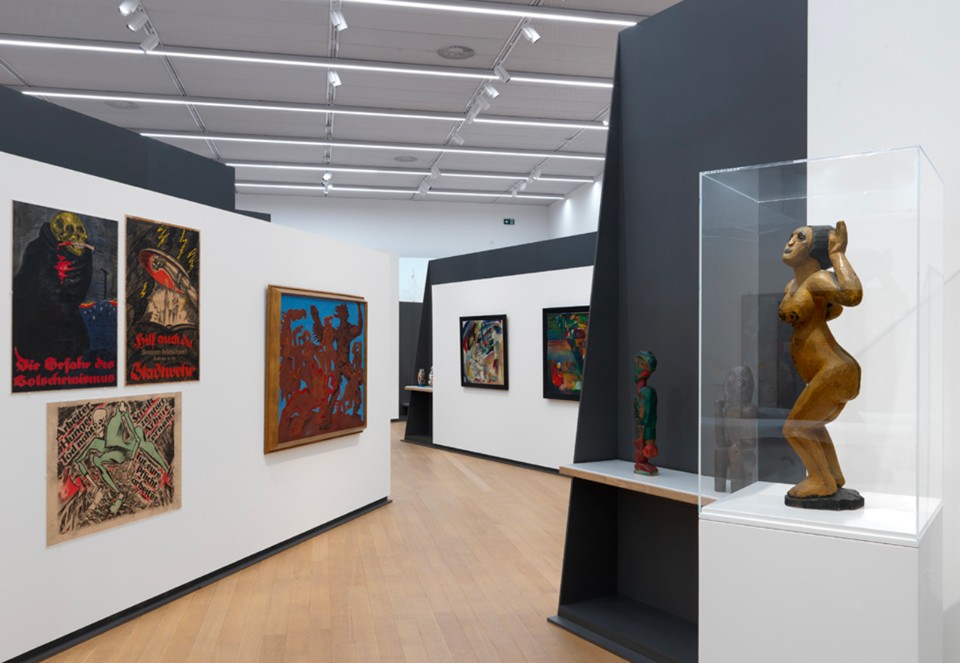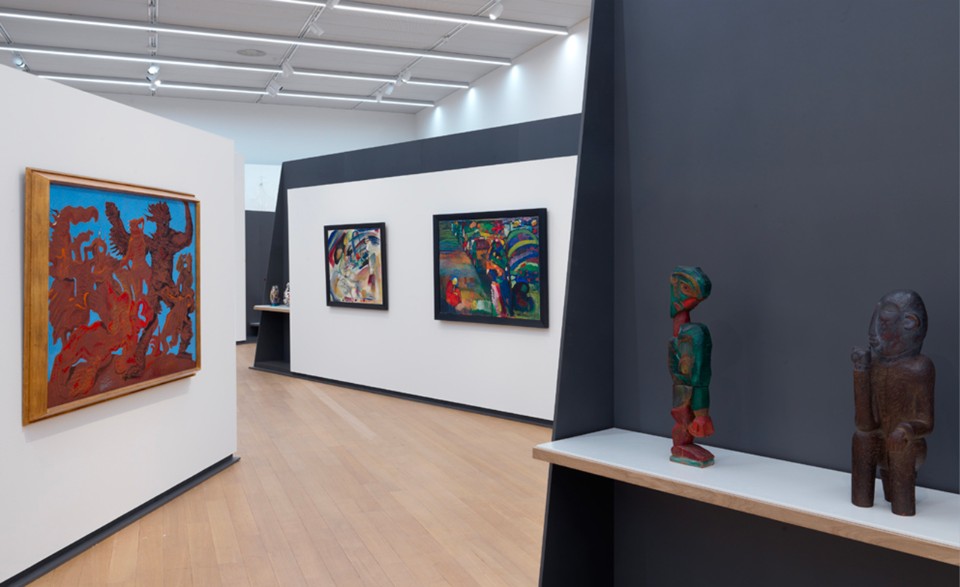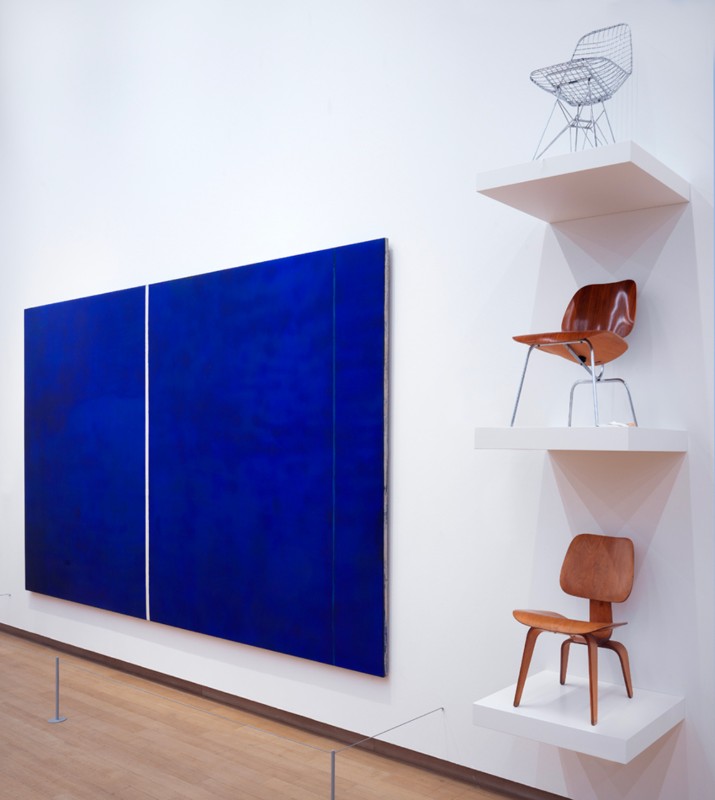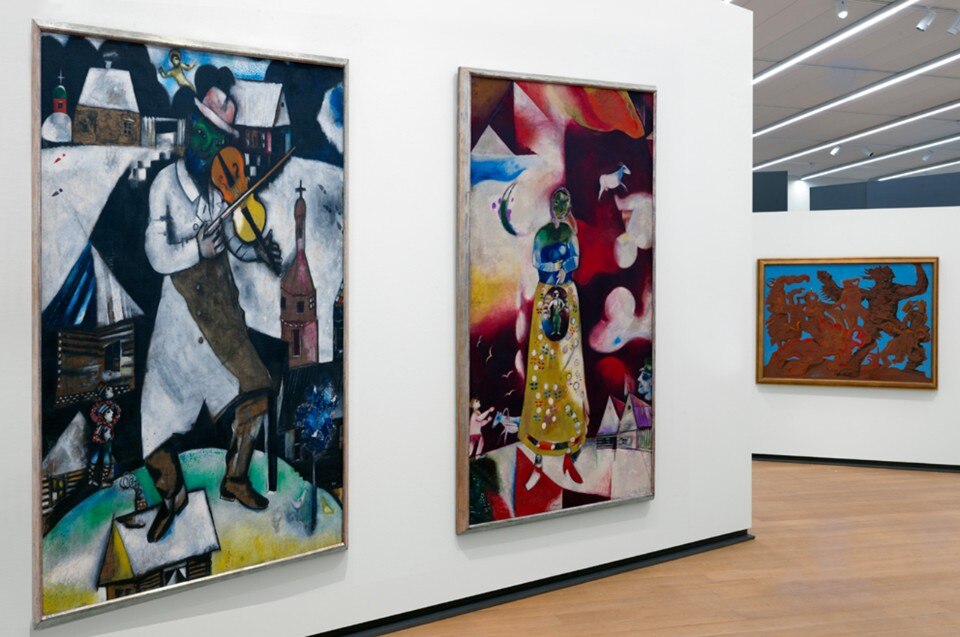Do thin walls inevitably mean temporary? The answer might be no, according to Rem Koolhaas and Federico Martelli, who curated the new arrangement of the permanent collection at the Stedelijk Museum in Amsterdam. But it might also be yes: their work will remain in place for 5 years. It all depends on what you mean by “temporary”. The ontology of time apart, the question is prompted by the way the curators’ work relocates the collection in the museum. There are two sections, one on the ground floor and the other on the floor above. The ground floor is structured as an open space with the artworks ordered by two kinds of logic. One, chronological starts from 1890 and follows the outer perimeter of the space; the other, internal, is made up of thin movable partitions (designed by OMA/AMO) forming small semantic islands. The result? A city like a sponge, where the different sections flow into each other.
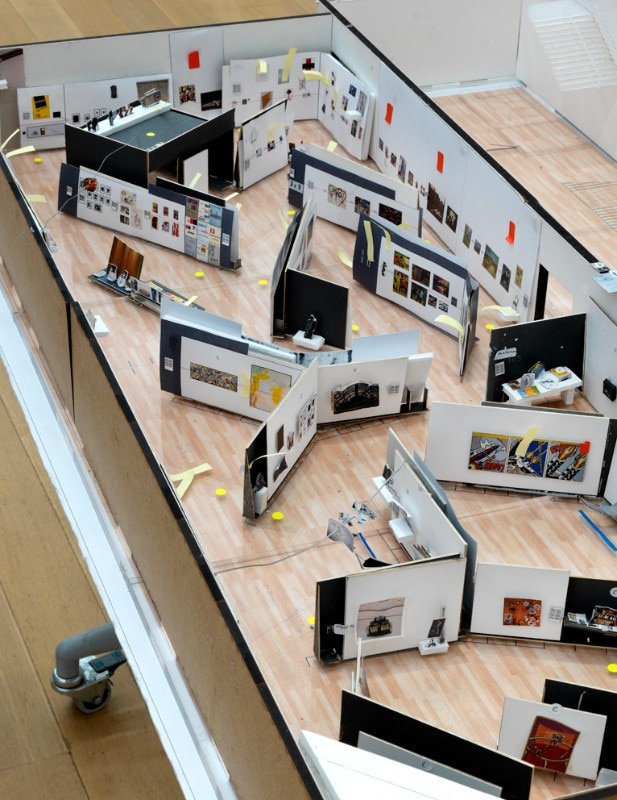
 View gallery
View gallery
“A museum is like a city,” says Koolhaas as he illustrates the map of the layout of the artworks. The architect has been developing his aesthetic sense at the Stedelijk ever since he was 12. In this respect the layout includes a panoramic turret to enable visitors to look at the collection from above. And the new installation conveys a total impression of contemporary art, in which the different fields of expression – painting, collage, sculpture, design – all speak the single language of humanity. According to Koolhaas it was a question of being “less politically correct” – meaning the kind of politics that follows the dictates of traditional curatorship. He achieved this by breaking with certain dogmas (creating juxtapositions), working schematically in some respects, but also offering the freedom to experiment, a must in all the curatorships undertaken by Koolhaas and his collaborators. On the one hand, visitors are invited to accept the quirky arrangements – the present writer loved Barnett Newman’s Cathedra placed across from Niki de Sainte Phalle’s altar and the works by Karen Appel, who had a friendly relationship with the museum – while imagining unusual connections, which ignore the orthodox pairings in anthologies. In this way a painting by a feminist artist Sedje Hémon, Pas de quatre, is next to a radio Hans Gugelot, Phonosuper (model SK 4) from 1956 and Picasso, Femme, Nue devant le jardin, 1956.Promoting cultural awareness has been the ultimate goal of the Stedelijk Museum since 1895. That it seeks to achieve this, with Koolhaas, Martelli and Margriet Schavemaker, the museum’s co-curator, in such a free and experimental way was only to be expected. “Every visit to the museum has to be a surprise… The permanent collection should be a place visitors keep returning to”, says Margriet Schavemaker.
Precisely for this reason, though there are clearly defined islands of significance, with one section about demolishing violence, another about feminism and yet another on the impact of technology, the audioguide limits itself to explaining the works. “We want to leave visitors free to create,” says Martelli, without “badgering them”.
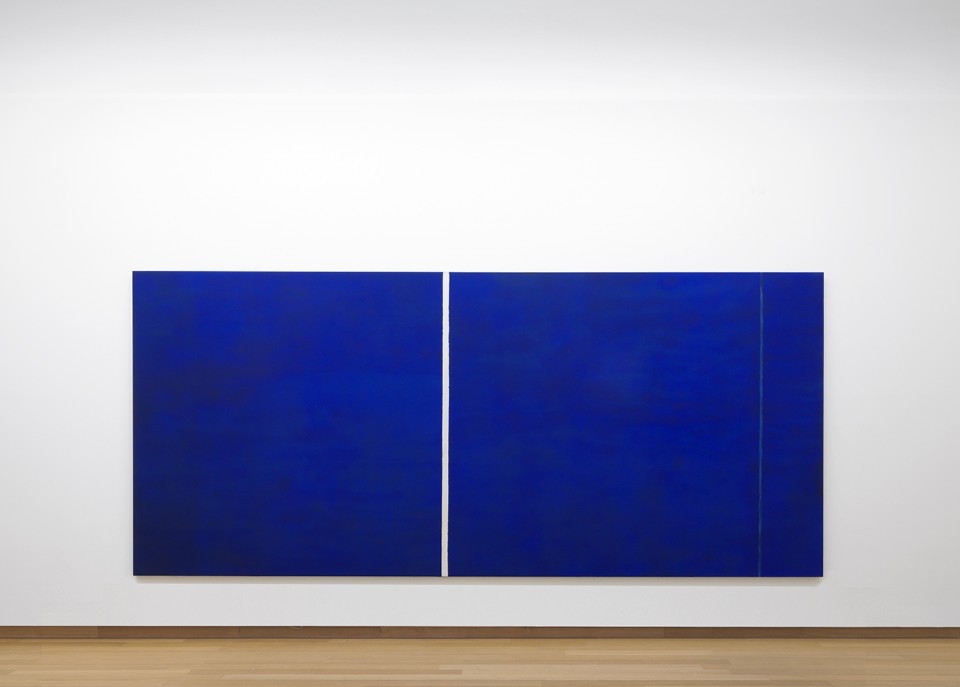
 View gallery
View gallery
- Title:
- Base collection
- Curators:
- Rem Koolhaas and Federico Martelli (OMA/AMO) and Margriet Schavemaker (Stedelijk)
- Opening:
- 14 December 2017
- Museum :
- Stedelijk
- Address:
- Museumplein 10, Amsterdam


